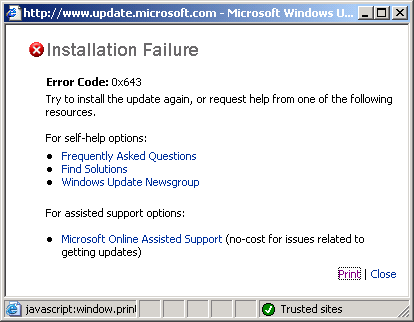

The following sections describe new features and improvements provided by the common language runtime and the base class libraries.Įarlier versions of the.

For more information, see In-Process Side-by-Side Execution.

NET Framework version, and new components use the new. Older components continue to use the older. NET Framework 2.0 SP1 and add-ins that are based on the. For example, you can run applications that load add-ins (or components) that are based on the. This feature enables an application to load and start multiple versions of the. Several new project templates now target the Client Profile by default. NET Framework 4 Client Profile supports more platforms than in previous versions and provides a fast deployment experience for your applications. The following sections describe deployment improvements. For additional information and known migration issues, visit the. NET Framework 4 Application Compatibility topic and learn about new features by using the Visual Studio 2010 and. You can test compatibility as described in the. NET Framework 4 is installed, please submit a bug on the Microsoft Connect Web site. If your application or component does not work after. NET Framework version specified in the properties for your project in Visual Studio, or you can specify the supported runtime with the Element in an application configuration file. NET Framework 4, you must compile your application with the target.

NET Framework 4 does not automatically use its version of the common language runtime to run applications that are built with earlier versions of the .NET Framework. NET Framework versions, except for some changes that were made to improve security, standards compliance, correctness, reliability, and performance. NET Framework 4 is highly compatible with applications that are built with earlier.


 0 kommentar(er)
0 kommentar(er)
